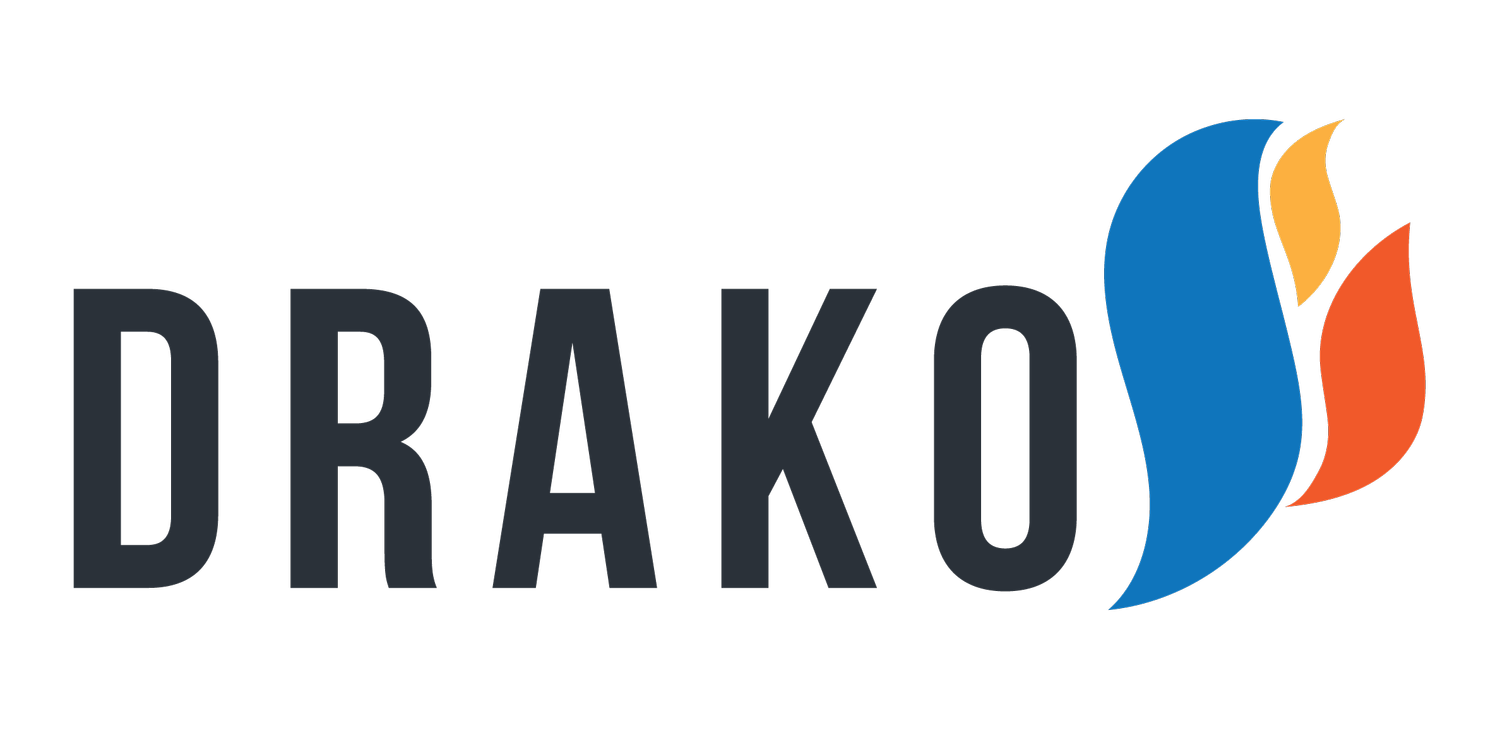Newswire - April 2023
Programmatic is becoming invisible, argues one AdTech executive, as advertisers increasingly view it as a tool rather than as a standalone "channel." He's not wrong: Programmatic advertising tactics have become an integral part of the overall advertising ecosystem, and RTB (real-time bidding) is often a necessary practice when it comes to purchasing across many channels, such as Connected TV, Digital Out-of-Home, Digital Audio, Online Video, and (of course) Display. (Beet.TV)
A recent survey found that young Americans ages 18 to 34 strongly favor audio as a channel, listening to podcasts nearly as much as they are watching traditional, linear TV. Podcast advertising in particular was found to be more effective than broadcast ads when it came to driving consumer action, and had a more significant impact overall on listeners' brand awareness, brand recall, and purchase intent. (Sounds Profitable)
Despite the rise of newer ad formats like native ads and social media ads (not to mention emerging channels like CTV and DOOH), banner ads aren't going anywhere and still account for a significant portion of ad spend and impressions. Banners have always offered wide reach and cost-effective, measurable results -- advances in AdTech that allow for more targeting and personalization have only served to make them more effective. (AdExchanger)
Put the Right Eggs in Your Basket
With so many options available in programmatic advertising, it can be tough to determine what type of targeting strategy is right for your campaign: Targeting by inventory, or targeting by user. Targeting by inventory involves choosing to serve ads across specific types of content. For instance, contextual and keyword targeting both deliver ads based on the content of the website or app where the ad appears. PMP (Private Marketplace) targeting is the most similar to traditional media purchasing, as it entails buying ad inventory directly from premium publishers or media companies.
User targeting is more precise, and involves using first-party or third-party addressable data to deliver ads directly to specific people. This enables advertisers to personalize their ads based on user behavior, preferences, and demographics. For example, a car dealership can target users who have recently visited a dealership or been to websites related to car shopping.
Targeting by user allows advertisers to reach specific people regardless of what types of inventory they are browsing, allowing for more competitive pricing and (often) higher engagement rates and performance. If advertisers don't have access to relevant addressable data though, user targeting may not be an option. Targeting by inventory would allow these advertisers to reach a broader audience based on the content they are viewing. However, inventory-dependent strategies are generally less precise, which can lead to lower performance, and can also be more expensive (depending on the targeted publishers).
Newswire - September 2022
A recent global advertising report found that Online Video has finally closed the investment gap between spend and daily consumption after years of underinvestment. Social Media's and Linear TV's budgets are both disproportionately large (with spends about twice as high as daily consumption), while podcasts and digital audio continue to be the most undervalued media, leaving considerable room for continued media budget growth. (WARC)
Despite the dramatic growth of ad-supported streaming over the last few years, linear TV commands disproportionally high budgets compared to Connected TV. Many media buyers still view CTV as incremental (an option solely to reach users who have cut the cord), but with cable subscriptions in freefall, forward-thinking marketers are exploring next-generation media and data solutions now. (Ad Exchanger)
Content with ads still holds nearly 60% share of the total time U.S. audiences spend consuming entertainment — great news for advertisers concerned about a subscription-driven inventory crunch. In fact, an ad-free experience actually isn't among the primary reasons consumers purchase a premium subscription: The top two reported factors are "getting a good value for the price" and "having a variety of content." (Luminate)
Where Does Your Location Data Come From?
Many marketers know that mobile IDs are a great, "cookieless" alternative for addressability, but not as many have a solid understanding of this data's origins. Location data generally consists of information collected about where a user’s device is located (such as longitude and latitude) and time-stamp information. Not all location data is created equal though — there are significant difference between the two primary methods of capturing mobile IDs (bidstream data or SDKs).
The “bidstream” is comprised of a network of advertising requests, specifically those that are involved in delivering ads to mobile devices. When a bid request is made to show a user an ad, all of that user's data gets passed along: The publisher’s url, the device type... and the user's location data. While bidstream location data is easy to collect and scale, it is also often inaccurate and imprecise.
Currently, the best alternative to bidstream location data comes from SDKs, essentially a piece of code that sits inside an app (such as for weather forecasting or mapping directions). This code allows for location data to be collected constantly and consistently. SDK location data is considered to be the most reliable, but many providers are unable to source SDK data at a sufficient scale and resort to supplementing with less-accurate bidstream data. With over 90 billion SDK signals per month, Drako is able to offer access to an enormous, 100% SDK-sourced location database without compromising on quality.
All's Well that Streams Well
The shift from SVOD (Subscription Video on Demand) to AVOD (Ad-supported Video on Demand) is gaining steam. Over the last two years, the U.S. has seen a 29% increase in households streaming AVOD, compared to only a 21% increase in SVOD. On the corporate front, high-profile advertising deals like those recently inked between Disney+ and The Trade Desk or Netflix and Microsoft highlight the same transition toward ad-supported business models.
This move toward ad-supported streaming dovetails with a longer-term trend of "cord-cutting" among linear TV viewers. In fact, "cord-cutters" and "cord-nevers" will soon outnumber paid (cable, satellite, or telecom) TV viewers. This means that there will be more users than ever before viewing CTV programming, and more advertising inventory available to reach them.
These changes to the streaming landscape are set to allay some of the more common concerns among small and midsize advertisers by lowering costs, growing premium inventory offerings, and strengthening existing reporting options. For any marketer running online video or linear TV campaigns, it's a great time to explore CTV and prepare for the shift to ad-supported streaming.
Newswire - July 2022
Time spent on social media has plateaued around the world, with consumers increasingly spending time streaming music and podcasts, gaming, reading articles, and watching online TV. Fully three quarters of consumer time is now spent on this "open internet" inventory, compared to only a quarter spent on social platforms — great news for campaigns leveraging digital audio, CTV, and more traditional programmatic tactics. (The Trade Desk)
Location data yields crucial insights, but every industry uses it differently: The Location Intelligence 2022 survey shows by vertical how businesses apply this information. Retail and real estate use location data for geotargeted marketing, financial services and tourism leverage it to improve the customer experience, and transport and logistics (perhaps unsurprisingly) use it to plan their routes and optimizations. (Insider Intelligence)
Google has offered to open up access to YouTube (and potentially its Google Search Network) to third-party ad tech companies in an effort to battle a slew of antitrust lawsuits. Simpli.fi has already announced plans to offer access to Google-specific inventory through their programmatic platform and, should the deal go through, other DSPs are likely to follow. (Reuters)
Partnering with The trade desk for uid 2.0
This integration with UID 2.0 further future-proofs DRAKO's addressability solutions offered through Euklid, DRAKO's audience management platform.
Drako in the news
Tracking the Spread of COVID-19
Data from millions of cell phones show how spring break was a catalyst for the pandemic in Quebec.
Anatomy of a region in lockdown
While distances travelled shrank dramatically overall because of COVID-19, peoples’ movements varied hugely within the capital region.
Tracking Pandemic with Cellphones
Find out how we use aggregated data lists to monitor hotspots in cities like Montréal.




